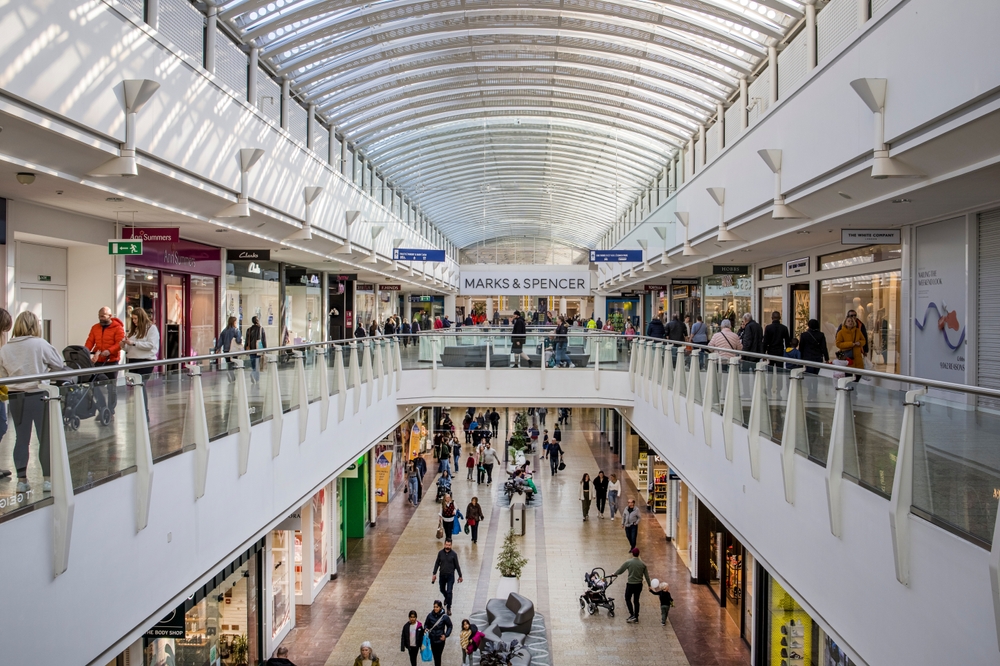
The latest ONS figures show retail sales volumes fell 2.3 per cent in April, driven by large decreases in household goods (down 5.4 per cent) and clothing (down 5.1 per cent).
Jacqui Baker, head of retail at RSM UK and chair of ICAEW’s Retail Group, commented: “The tough start to the year dragged on for retailers in April, with homeware and clothing hit the hardest. The cold and wet weather put shoppers off from heading to the high street, leading to some consumers shopping online instead, with an uptick of 1.1 per cent.
“Although workers will have benefited from a National Insurance cut in April, as well as an increase in minimum wage for some, it’s likely we won’t start to see the benefits until May onwards. Plus, with inflation easing, interest rate cuts on the horizon and the sunshine making an appearance, things should start to look up soon as consumer confidence builds.
“Some retailers have been able to weather the storm better than others. Marks and Spencer for example, showed strong growth in food, clothing and home sales in its latest results. Its success story shows it’s possible to turn things around, when going back to the basics and focusing on core values.
“However, many retailers are struggling, and as election fever grips the nation consumer confidence could be hit in the short term. Whatever the outcome on 4 July, retailers need root-and-branch reform of business rates, plus a U-turn on tax-free shopping, to be high up on the next government’s to-do list to alleviate key headwinds impacting the industry now.”
Thomas Pugh, economist at RSM UK, added: “The sharp drop in sales volumes in April is a disappointing start to Q2 for retailers, especially against a backdrop of rapidly falling inflation. Much of the blame seems to lie with the miserable weather last month.
“However, we expect retail sales volumes to continue to gradually improve from here for three key reasons. First, households’ real disposable incomes are set to rise rapidly from April as inflation falls back to 2 per cent, tax cuts kick in and the large minimum wage increase comes in. This will boost overall consumer spending and retail sales volumes. What’s more, consumer confidence should continue to rise, ensuring that households spend most of their new income. Consumer confidence rose to -17 in May, its highest level since 2021. Admittedly, the campaign for the general election may knock consumer confidence in June but we don’t expect this to be significant.
“Second, inflation is especially weak within retail sales. The price of retail goods increased by just 1.7 per cent in April annually, the slowest rise since early 2021. This means that continued strong nominal spending will increasingly show up in sales volumes.
“Third, retail sales volumes are now about 5 per cent below their pre-pandemic level. This is partly a hangover after a huge splurge in spending on goods during the pandemic. But after two years of reduced spending on retail goods, households will need to start replacing some of those things bought during the pandemic. What’s more, as the housing market starts to recover and transactions increase, this will boost demand for household goods.”
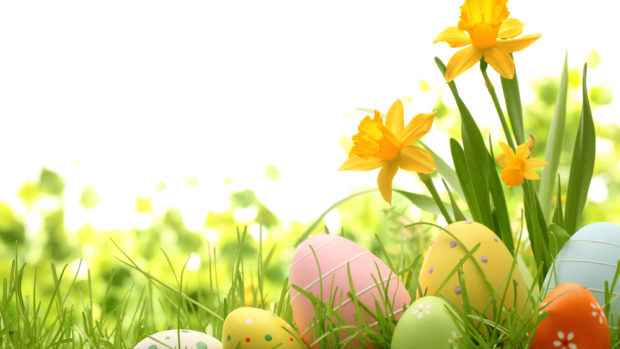

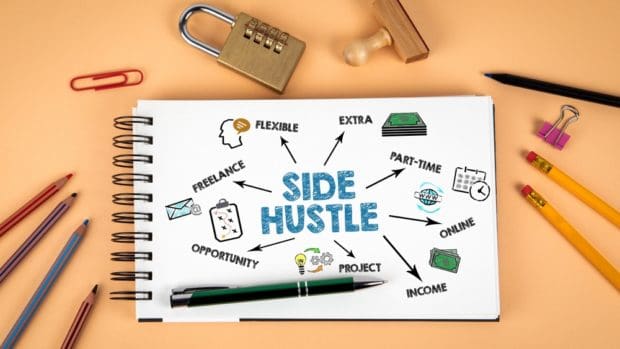
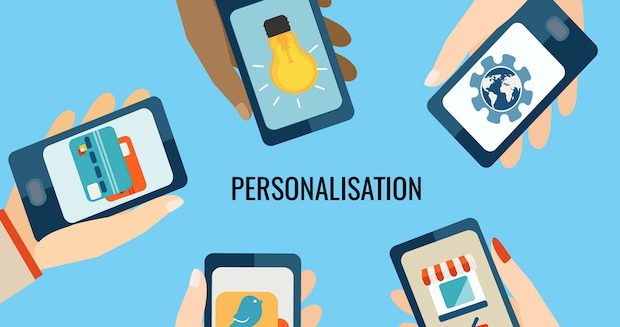
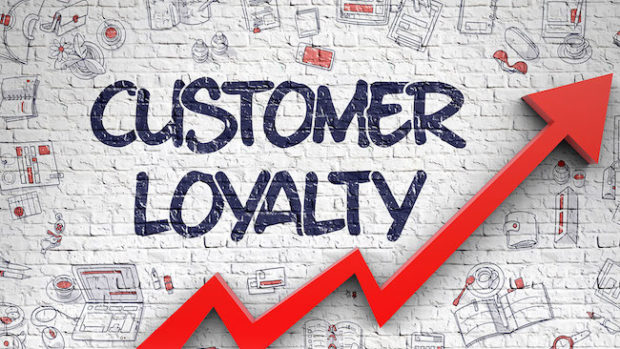
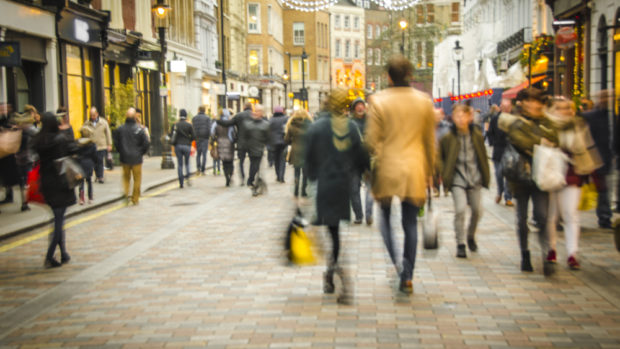


Share